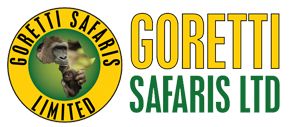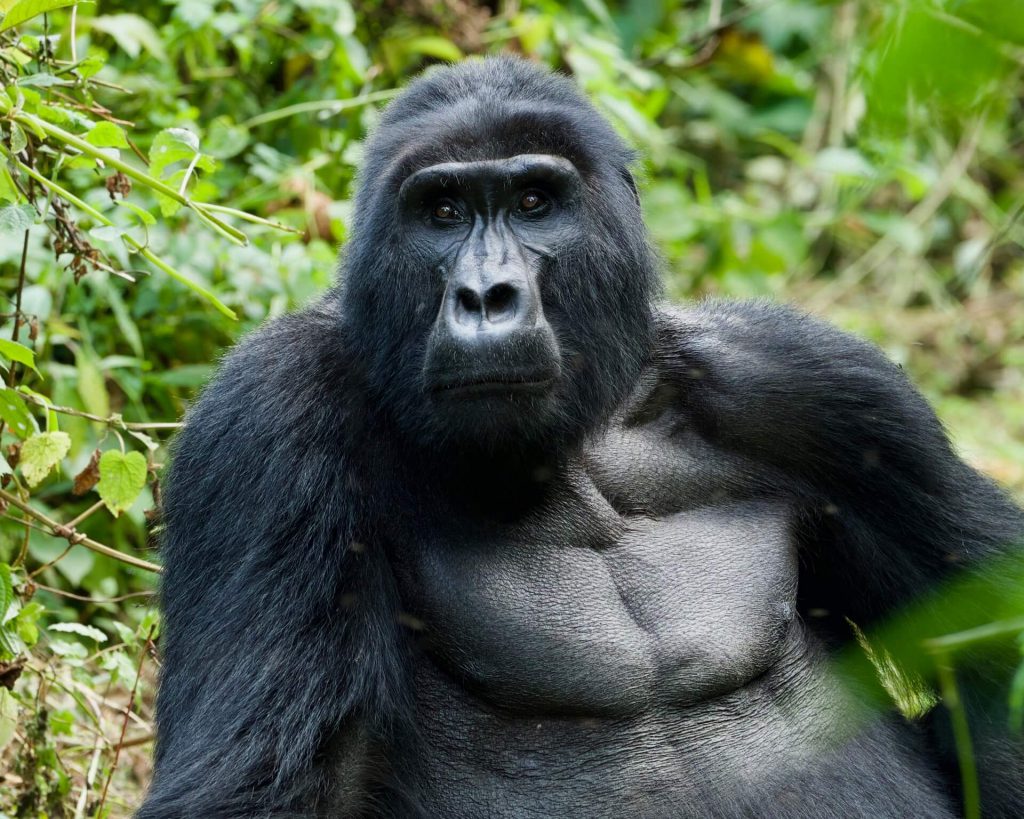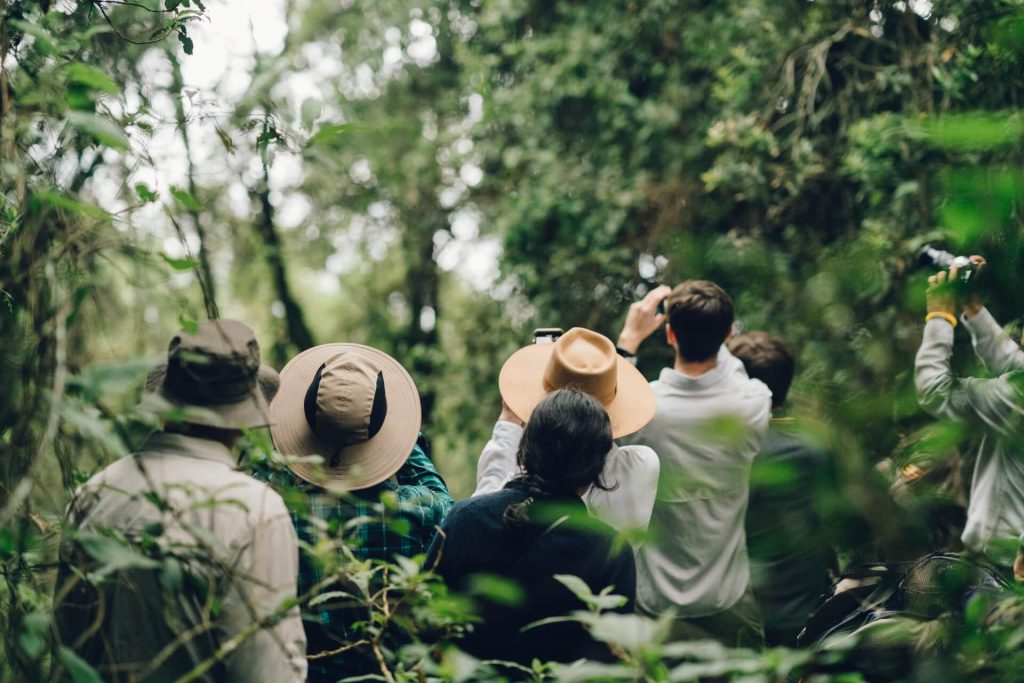Located in south western Uganda; Bwindi Impenetrable Forest National Park is home to more than half of the remaining critically endangered mountain gorillas. Bwindi Forest N.P, sits on a landmass of 321sqkms and the elevation ranges between 1160m to 2607m above sea level. The Gorilla National Park was gazette as a park in 1991 and in 1994 UNESCO declared it a Natural World Heritage Site.
The word Bwindi refers to “Dark or Impenetrable” in a local dialect and was a forest reserve since 1942 and its pronouncement as a national park in 1991. The afro-montane vegetation is spread over the Bwindi hills and valleys making gorilla tracking a strenuous activity. Bwindi; an ancient forest, is a source of five major rivers that flow into Lake Edward in Queen Elizabeth National park.
The forest is one of the coldest places in Uganda with temperature ranging from 7 – 20 degrees centigrade. Chilly conditions hit the peak in the months of June and July thus warm clothes are a pre-requisite for all intending visitors. A rain-forest, Bwindi receives about 2930mm of rain per year.
The forest supports a diversity of wildlife to include about 310 butterflies, 51 reptiles, 200 tree species, 88 moths, and about 120 mammal species. Among the mammals are 10 primate species to include Baboon, L’Hoests, red tailed monkey, blue monkey, black & white colobus, , nocturnal bushbabies, chimpanzee and Mt. Gorillas as the highlight of the forest species.
The birdlife is also rich with over 350 recorded bird-species including 23 endemic species that comprise about 90% of all Albertine Rift Endemics. Unique bird-species include short-tailed Warbler, Shelly’s Crimsonwing, African Green Broadbill, African Emerald Cuckoo, African Blue White-tailed Flycatcher and Red-headed Bluebill.
check out the official park’s frequently asked questions page here: https://www.bwindiimpenetrablenationalpark.com/gorilla-trekking/
and then drop us a line.
Located in south western Uganda; Bwindi Impenetrable Forest National Park is home to more than half of the remaining critically endangered mountain gorillas. Bwindi Forest N.P, sits on a landmass of 321sqkms and the elevation ranges between 1160m to 2607m above sea level. The Gorilla National Park was gazette as a park in 1991 and in 1994 UNESCO declared it a Natural World Heritage Site.



